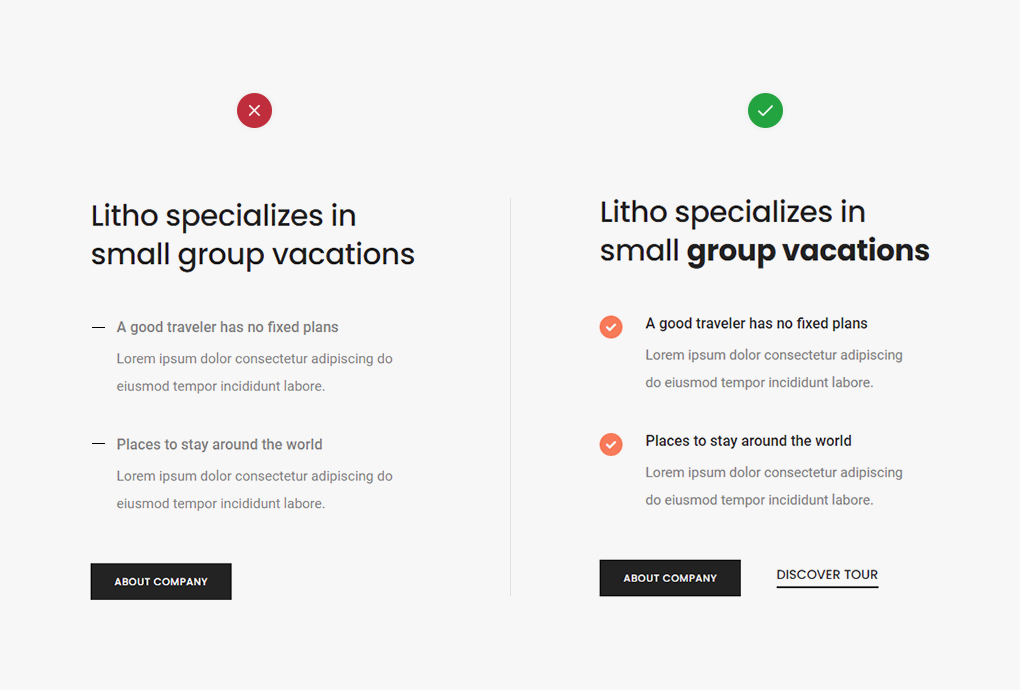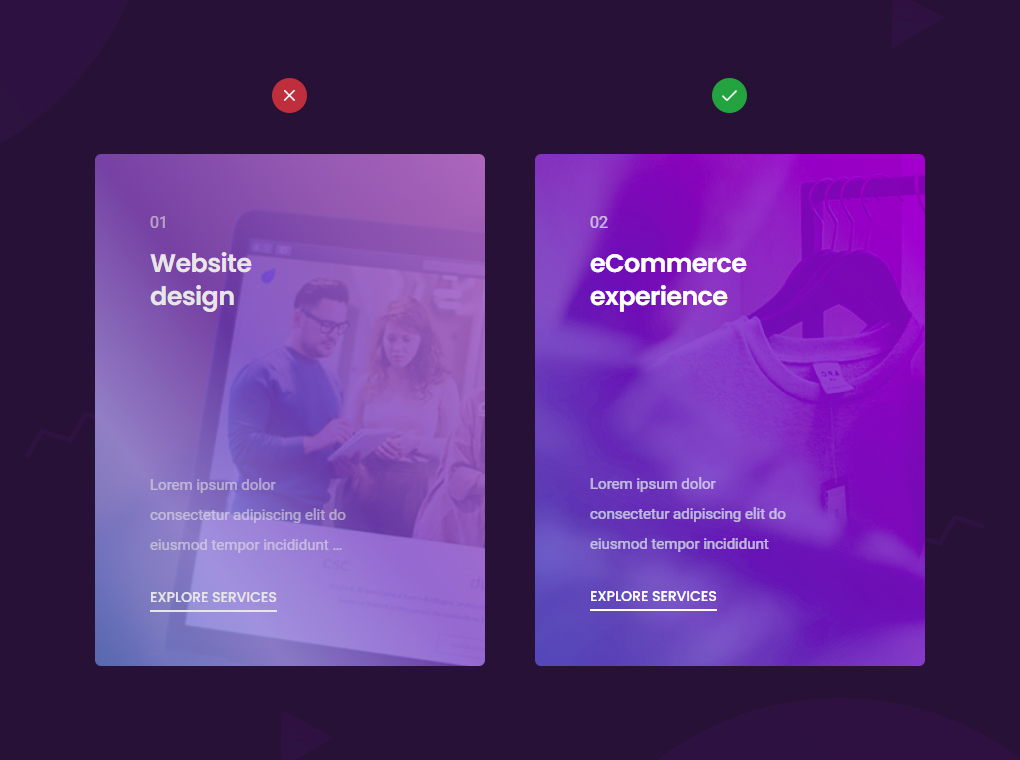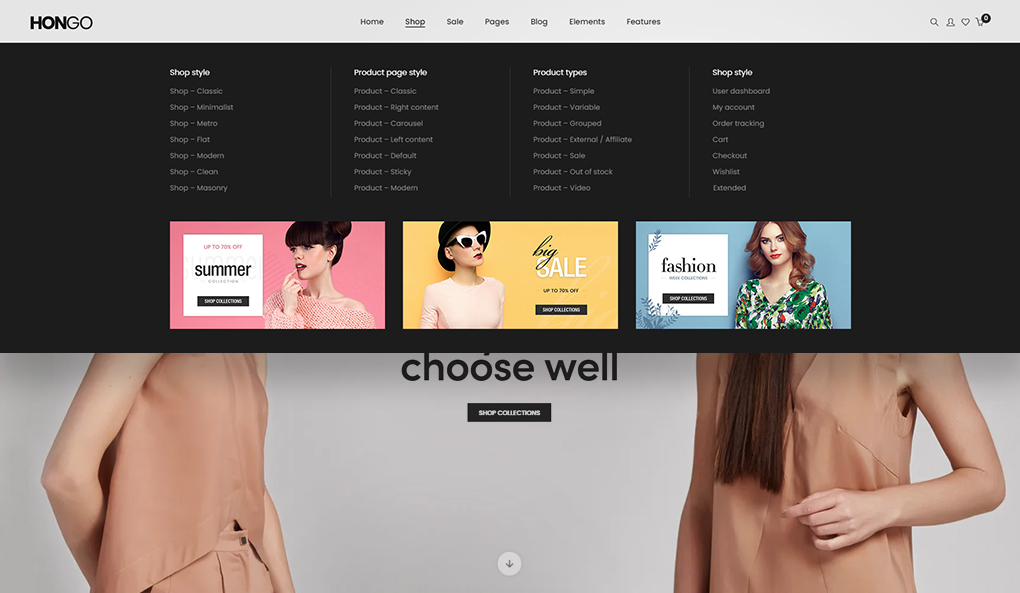10 Tips for providing effective feedback in web design
We all know that good design feedback matters a lot to us. It’s a lifetime divine experience. One good feedback changes the whole perspective of designing. To give feedback effectively, you should take your time in reviewing designs several times and then you start giving feedback on web design.
According to one recent study by Stanford University stated that 75% of users make judgments about the company by considering their website’s UX design. It also expressed that it takes less than three seconds for users to form an impression of the website. Through this, you can know ins and outs of the design and you will also create a great rapport with your clients.
Everybody has a different preference when it comes to a good design of the website. Some prefer a little bit extra and others prefer perfect minimalist and simple website design. So, it’s an infinite process of designing which depends on individual requirements. However, the best website design is a combination of user-centered designing principles and an excellent user experience.
For a good web design, you need a rational team that does extensive research and communicates with clients with their requirements and feedback. With the help of authentic feedback, experts can design amazing designing experiences. However, the reality of getting feedback is not easy because there are many stakeholders involved in a single project with different visions.
Here are a few tips that help you to prepare and provide quality feedback and move forward with the project:
1. The goal of the project
When you don’t know the purpose of the project, it is not possible to give effective web design feedback. So, whenever you are asked for design feedback, do not forget to state the goal of the project. These goals include all sets of designs that help to move forward with business goals.
Design project goals include all sets of design activities. You can also make them great by combining them with the business goals of the company. These goals can be: join 4800+ subscribers for top design ideas, content, discounts, and more! Or similar to the behavioral goal like getting more sign up for newsletters. Thus, no matter what type of your goal is, make sure you can state it upfront.
2. It should add value
Your web design feedback must add value because aside from launch, website design is the most exciting part of the process. This includes infinite different directions a project can take. Thus, all requested design feedback should add value and take the design process forward.
Design feedback can be: change the font size, make the logo small/big, and many more like these. It should be appropriate and does not take focus away from the main purpose.
Don’t create too much clutter as this leads to confusion and unsatisfied results. Removal of irrelevant images, graphics, and decorative items is the best way to keep users engaged.
3. Trust the complete design feedback process
Be it a web design agency or client, both parties have to trust each other. You should always respect the complete design feedback process because when you are trying to solve an issue, you will experience different things to receive great results.
Being a web designing agency, you should welcome all types of feedback sincerely because in the end client satisfaction is all you need. Don’t get demoralized and try to deliver measurable design changes asked by your clients.
When it comes to the client’s side, giving feedback is valuable. By managing stakeholders, you can provide honest, clear, and effective design feedback. Having complete trust in your agency, your team has a common goal that helps the agency to bring target audience compatible results.
4. Avoid vague design feedback
Try to avoid general and vague statements like bad, good, jazzy, and more related to this. Try to consider concrete examples and things. Avoid empty words, slang, and phrases such as make it pop and jazz it loud because it will create confusion.
To get a clear idea of this tip, consider this example: say this, “I would like to draw more attention to logo size, color, and a header” instead of this, “I don’t like it” or “It’s a bad”
If you take your web design feedback seriously, you will uncover issues. So, be specific with feedback that is easy to understand by your agency.
5. Be honest
No matter who you are a designing agency or a client, your feedback should be specific. Do not take feedback personally. Being an agency, you have asked all questions by delivering the right designs. For intense: you have spent a whole week after designing but the client doesn’t like it. Without any criticism, you could have asked their desires and managed to deliver according to the client’s requirements.
From the client’s side, if you don’t agree with the designing work then you can also raise your voice, and if feedback does not deliver at the right time as it is crucial to maintain a trustworthy relationship with your agency and you. Be honest and speak up on what you feel right!
6. Don’t forget to ask questions
When it comes to asking questions to your agency, without any hesitation, you can send a list of queries and questions to them. Feedback should be a two-way discussion.
When you ask questions to your agency, you both enter into a healthy conversation that brings excellent results in website design. So, don’t be afraid and take your time to ask questions.
7. Be patient & respectful
Being an agency, it is vital to be patient when you receive complex designing feedback from the client. For effective and up-to-mark web design, you should take critical feedback as a challenge. Don’t be afraid to ask ‘why’ to your clients as it helps to get more information.
8. Don’t make personal
You have given all your time and effort to deliver excellent designing work according to your client’s requirements. Say, you have spent weeks in that but somehow your client does not like your designs and ideas. Don’t take it personally as feedback is varied from person to person.
It is challenging when someone criticized your designs and you blame the clients for not delivering clear design requirements, but do not do that. Instead, you can most welcome design feedback wholeheartedly and start delivering the right design as per the client’s needs.
9. Maintain balance
Being humans we all tend to negatives. Understand the likes and dislikes of clients on designs go hand-in-hand. It is important to know what clients don’t like. You should call for a discussion on their dislikes and ask them reasons for effective results.
Always maintain a balance between client’s wants and dislike and consider negative comments as a positive to reduce any criticism.
10. By controlling the environment
You can add Sketch, Adobe Creative Cloud, and other tools for seeking feedback. Using such tools for mock ups and other design documents, you can control the environment with zero confusion. With the help of these tools, you can easily create end-to-end designing flows and organize insights.
You can control the environment of your design and track feedback by making them more effective and organized.
Before sending web design feedback, check this quick list of things before finalizing the design:
Useful navigation
Using business objectives and analyzing visitors to the website, you can prioritize useful navigation. For example, the company logo, title, and pages always come in the header while social media icons and contact information come in the footer section.
Scannable content

We all know that visitors will not stay for more than 3 secs if the website content is vague and unclear. Try to display content in an understanding manner and a useful format. Don’t make fonts too large or too small. Website content should be scannable and readable in all browsers and from any type of device.
On-board
A website is an online presentation of the brand and a well-designed and modern website attracts more visitors than competitor’s websites. Does the effective design reflect who you are? and what is your brand all about? A well-design website also creates loyalty.
Proper contrast

The bad contrast of the website is not captivating and the sign of bad design. Users with visual disabilities will not be able to understand the content on the web page. You must check the contrast level for impeccable website design.
Whitespace

Whitespace is the space around the elements of a layout. It delivers clear content by separating unwanted elements. It also creates harmony and gives comfort to the design. For more understanding, consider the below image. Too much or less whitespace makes design unorganized and the web page lack of content.
Alignment

The design structure should be clear. Content should be left, center, right, or justified. Perfect alignment gives an extra level of polish to the website.
Call to Action buttons
Placing call to action buttons at the right place can save more time and also help to connect visitors with the company easily. These buttons are ideal for the betterment of sales and display in the right place can be more result-driven.
Wrapping up
When you pay attention to the way of delivering design feedback may bring a real impact on the success of a project. By considering these ten tips, the company’s roles are defined and collaboration is fostered. We hope that the above tips will help in the complete designing process and result with happy clients!


